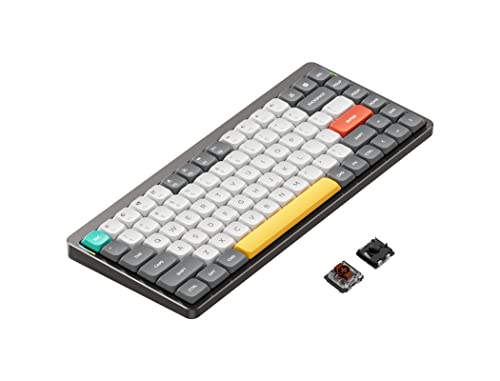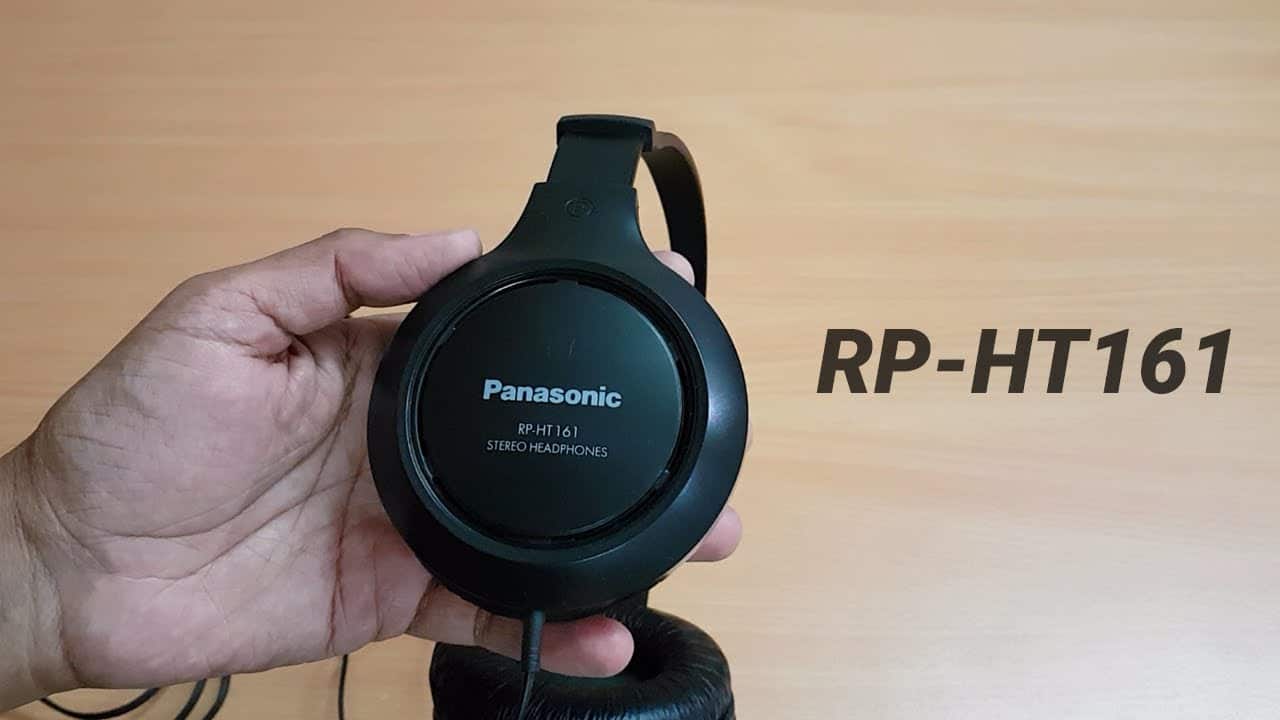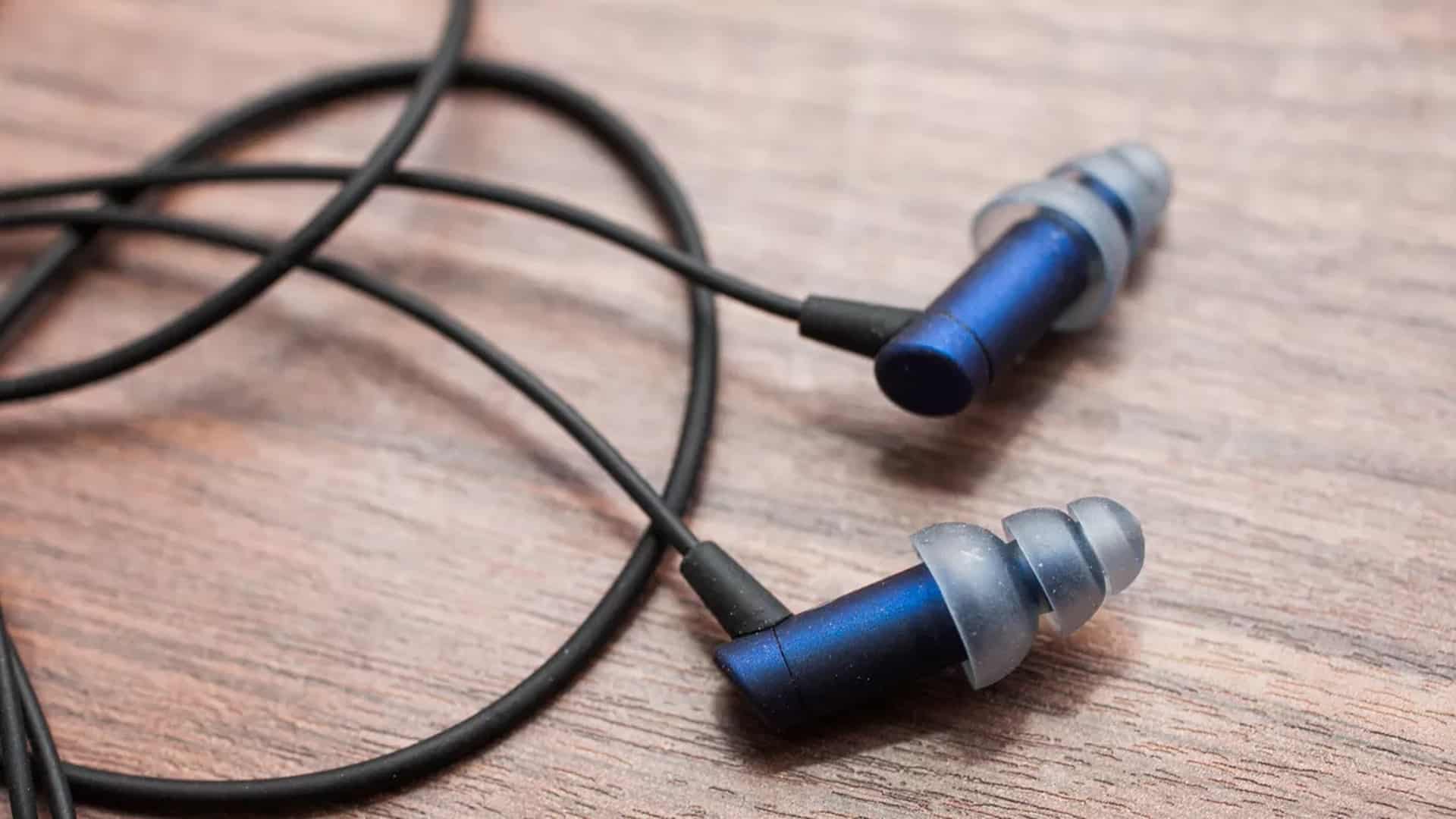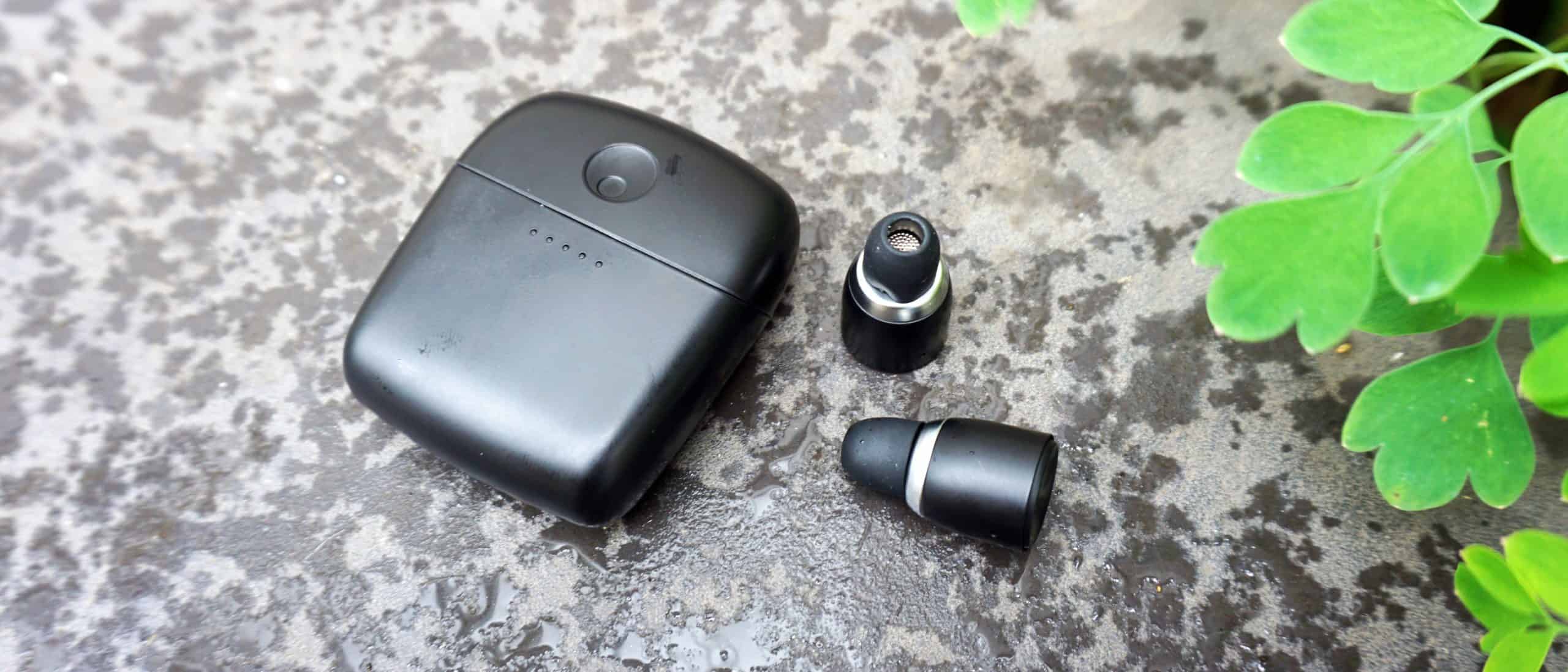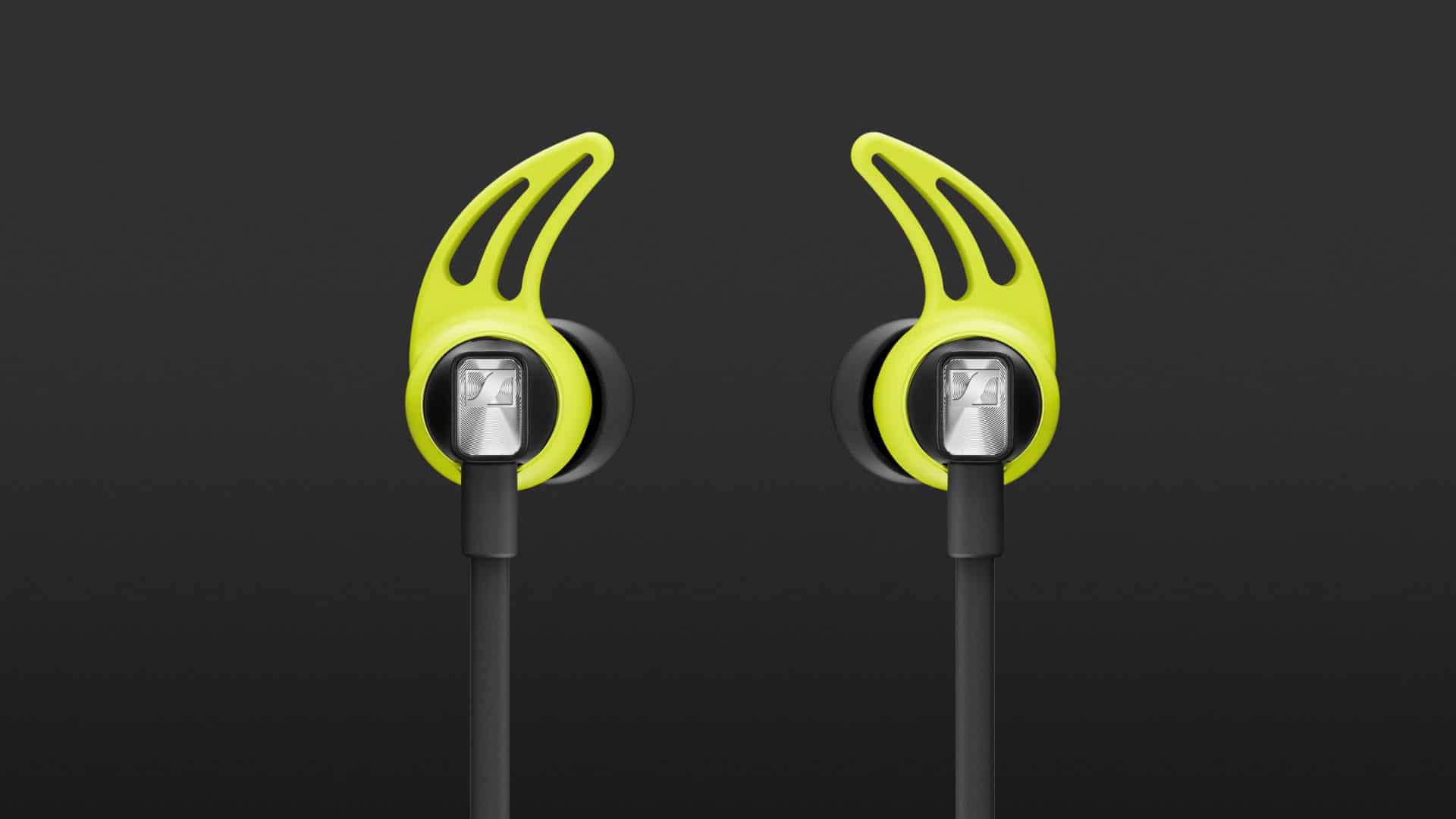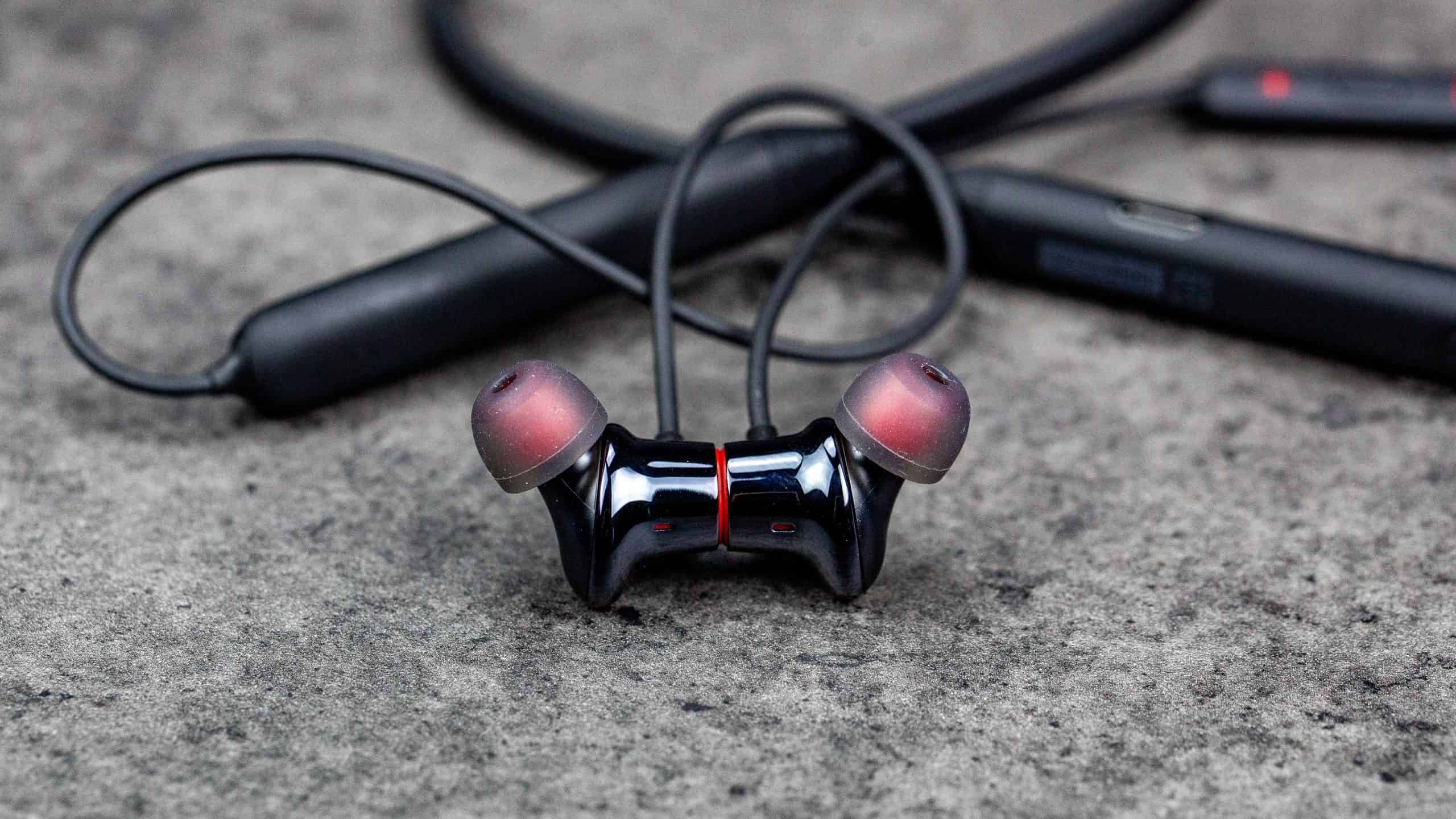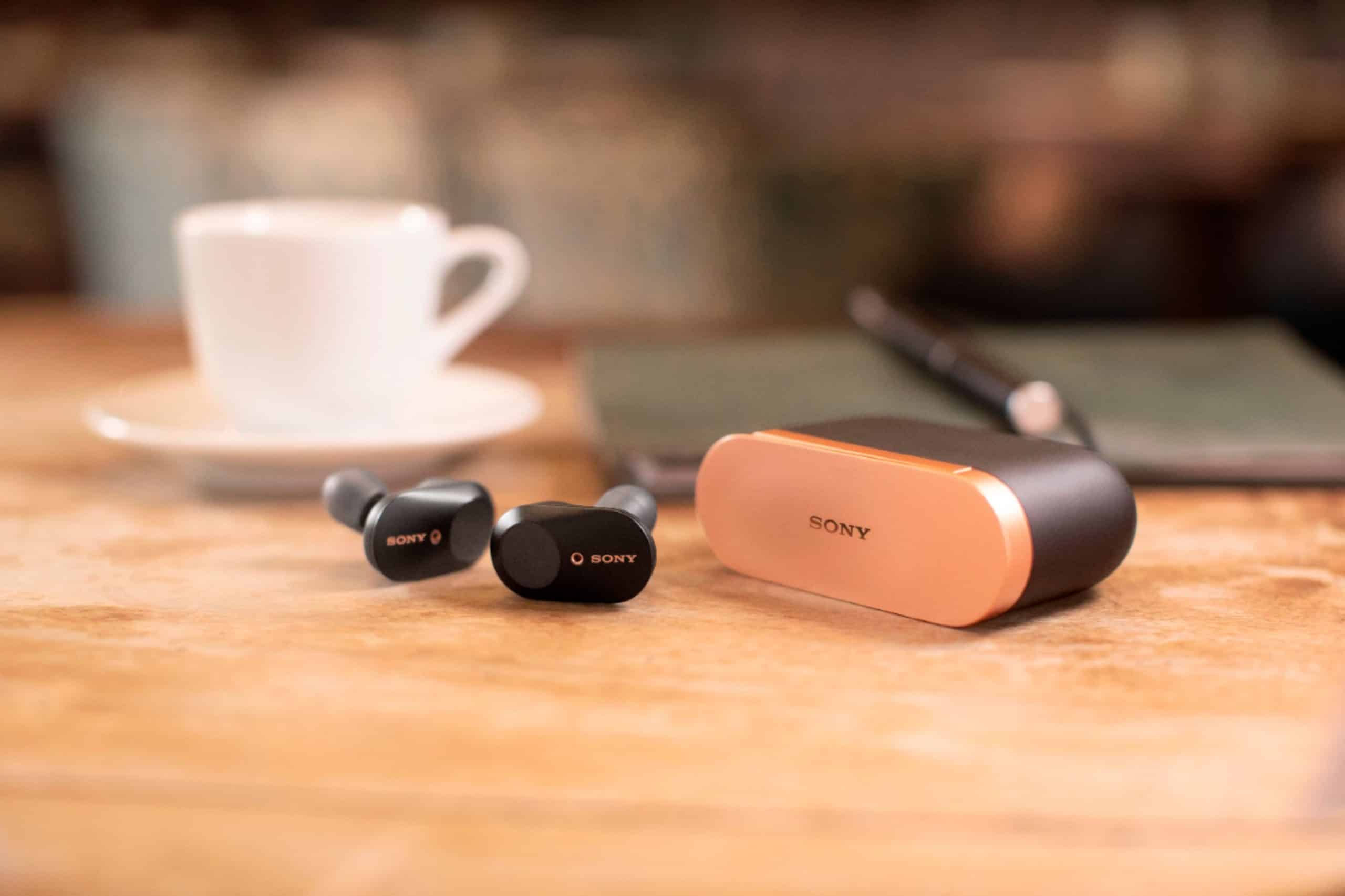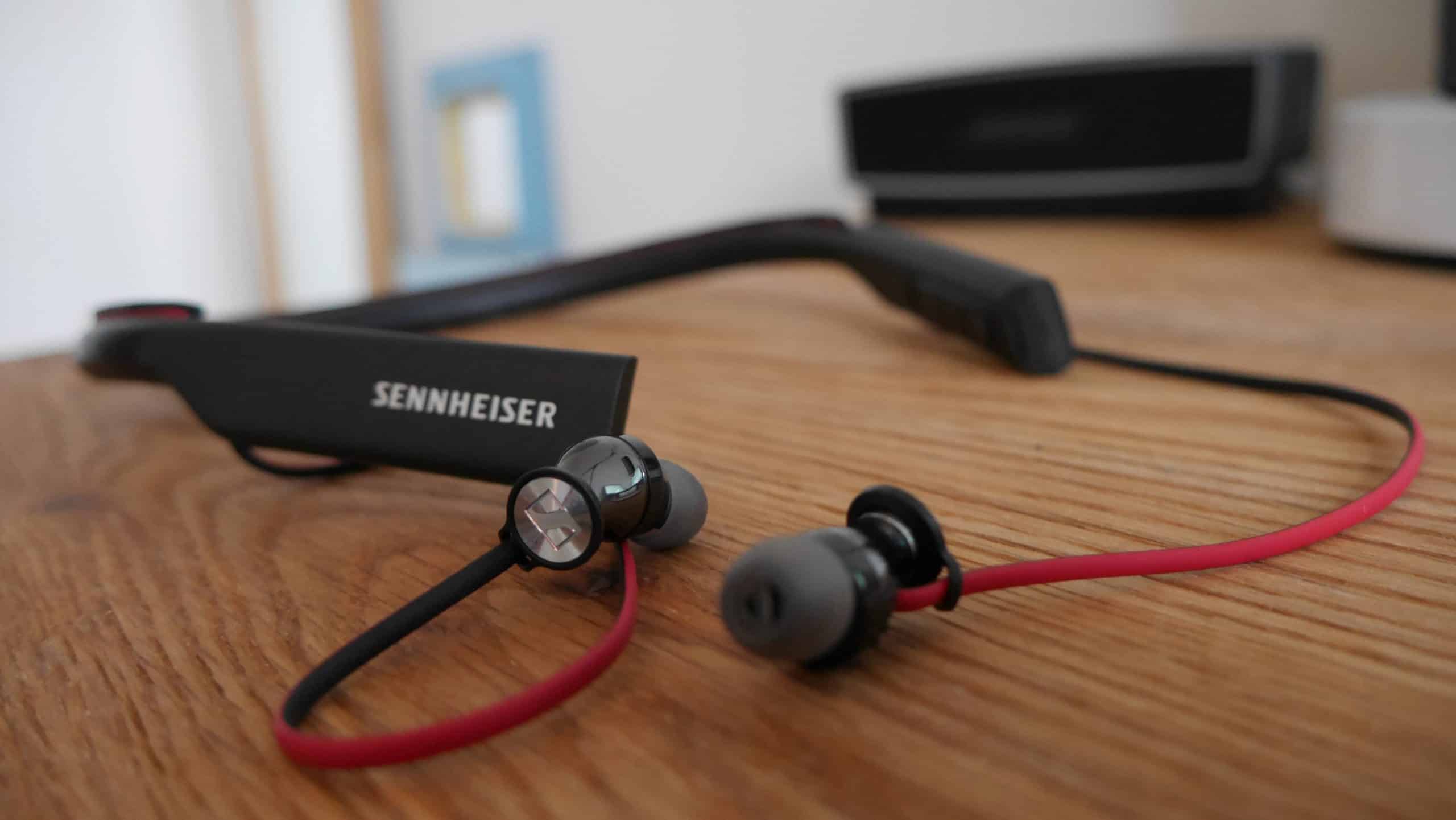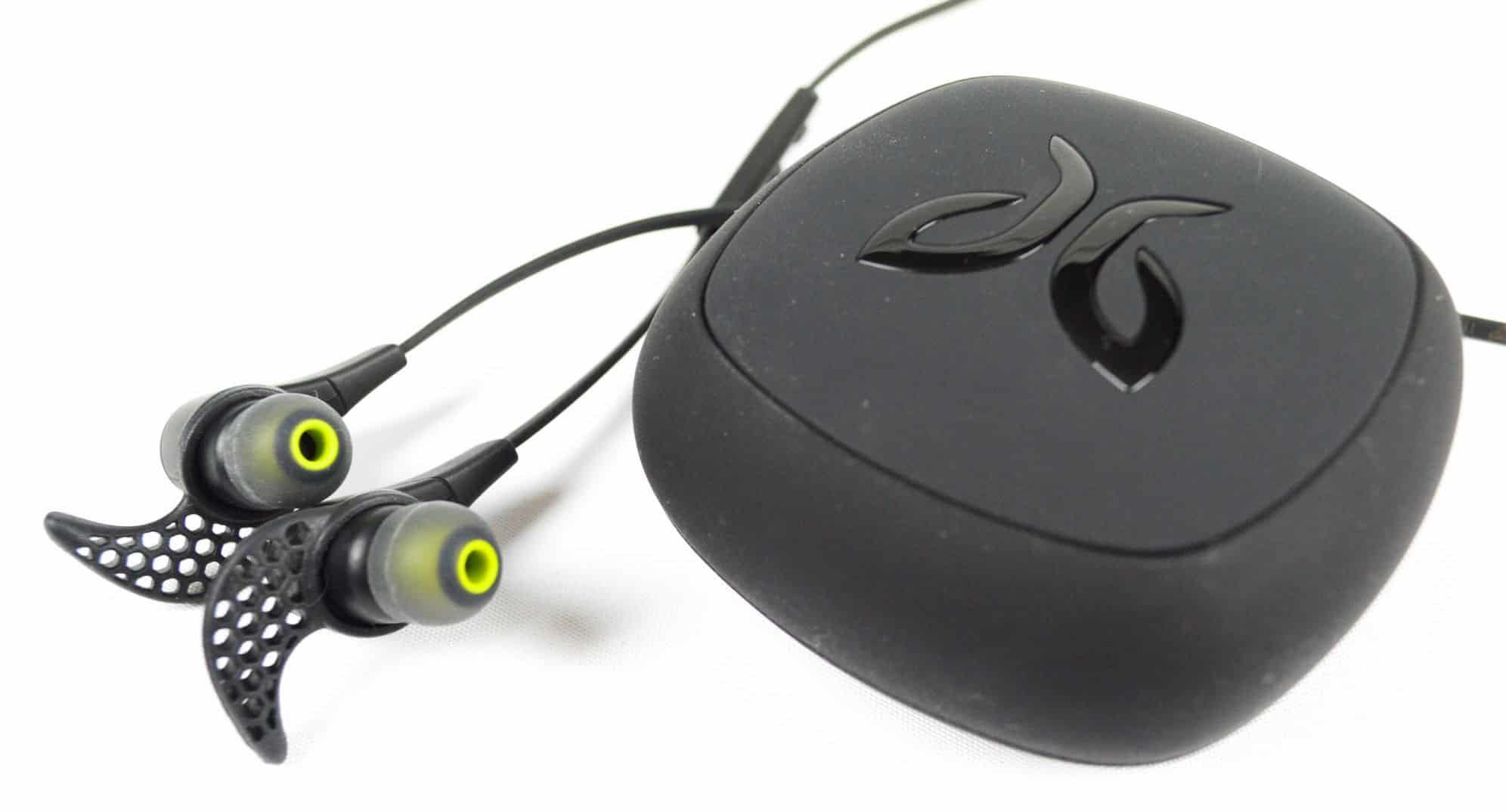Do you find yourself asking why open-back headphones might be a better choice than closed-back headphones? Well, we’re here with an answer. If you’re looking to upgrade your music listening experience with high-end audiophile or studio headphones, you’ll want to understand the benefits of open-back models.
KEY TAKEAWAYS:
- Open-back headphones offer clearer, more natural audio but sometimes slightly inferior stereo imaging than closed-back models.
- Open-back headphones are more comfortable for long periods of use than closed-back models, with less risk of listening fatigue and temporary hearing damage.
- Open-back models lack the isolation and sound bleed prevention of closed-back models, making them less suitable for live multitracking of multiple performers, or use in quiet workspaces and loud public spaces.
The best headphones in each type offer different levels of comfort, sound isolation, and overall listening experience. They’re different enough that you shouldn’t have too much trouble deciding, taking your listening preferences into account.
Insider Tip
Open-back headphones offer superior clarity and accuracy for mixing and isolated listening compared to closed-back models.
While you’re looking into the subject, you may want to read up on how much do headphones cost in general to know what you might be getting into. You might also want to learn a bit about troubleshooting things like why your wireless headphones keep disconnecting.
What Are Open-back Headphones?
Open-back headphones are headphones designed to let air flow through the ear cups from behind the speaker driver, which prevents the low-frequency exaggeration and other extra audible resonances that occur in headphones that totally enclose the ears (called closed-back headphones).
Allowing the ears to be partially exposed has a few specific benefits and drawbacks that audiophiles, sound professionals, and home recordists should be aware of.
Sound
One of the main benefits of open-back headphones is the clear, natural sound they offer. Closed-back headphones tend to sound muddier and less natural, with increased low-end and less high-end definition. Conversely, the closer proximity to the ears of the sound source and the isolation offered by closed-back headphones make their stereo image more defined. Although, if there’s no sound when you plug in your headphones that could be a bigger issue. Or, if they’re Bluetooth headphones, they may not be connected.
If you’re mixing audio with monitor headphones, open-back models will give you a more accurate idea of the mix in terms of EQ and dynamics, with the sacrifice to stereo image accuracy generally not being significant enough to give closed-back pairs the edge. For more great models, check out our comparison article with Bose Sport Earbuds vs Bose Soundsport Free.
Isolation
When it comes to isolation, closed-back headphones overwhelmingly have the edge over open-back models. Closed-back models isolate the user from outside sound sources and prevent audio bleed from the user.
This makes them essential for situations where, for example, multiple musicians are in the same live room tracking simultaneously, where nearby microphones would pick up bleed from headphones on any nearby microphones, and where external sounds might distract or interfere with an individual performance.
Open-back models offer little isolation of sound, either outgoing or ingoing, making them less ideal for such recording situations or casual use in the workplace, where no one necessarily wants to hear the music their coworkers are listening to.
Comfort
Another important advantage that open-back models offer is that they’re far more comfortable to use over long periods than closed-back headphones, which tend to have smaller earphones and less breathing room inside for the user’s ears.
Moreover, since the sound source in closed-back phones is closer to the actual ear canal, listening fatigue can set in a lot sooner, and the chance for hearing damage is greater.
Durability
Close-back headphones have a slight tendency to have a more robust build quality and be less fragile than open-back phones, meaning they’re less prone to breaking and less susceptible to wear and tear, giving them longer lifespans.
Lastly, the electronics tend to be more exposed in open-back models, thus more vulnerable to moisture, dust, and dirt.
Warning
Closed-back headphones carry more significant listening fatigue and hearing damage risk with frequent use over long periods than open-back models.
F.A.Q.S
What are semi-open-back headphones?
Semi-open-back headphones split the difference between closed-back and open-back headphones with a design that’s almost closed-back but doesn’t totally seal the back of the speaker elements. This allows a small amount of air out of the enclosure for a clearer, more natural sound closer to open-back headphones but maintains some of the isolation of closed-back models.
When shouldn’t I use open-back headphones?
Open-back headphones aren’t suitable for a few settings. These include crowded or loud public spaces, quiet spaces like libraries and some offices where bleed from the headphones might disturb others, or during live multitrack recording sessions with multiple performers in a small enclosed space.
What is bone conduction?
Open-ear wireless headphones use bone conduction to send vibrations directly from an audio source to the inner ear instead of into the eardrums. This often requires a custom fitting since the fit must be very tight for conduction to work as designed.
STAT: Between 2013 and 2020, the global high-end headphone market experienced significant yearly increases. (source)




















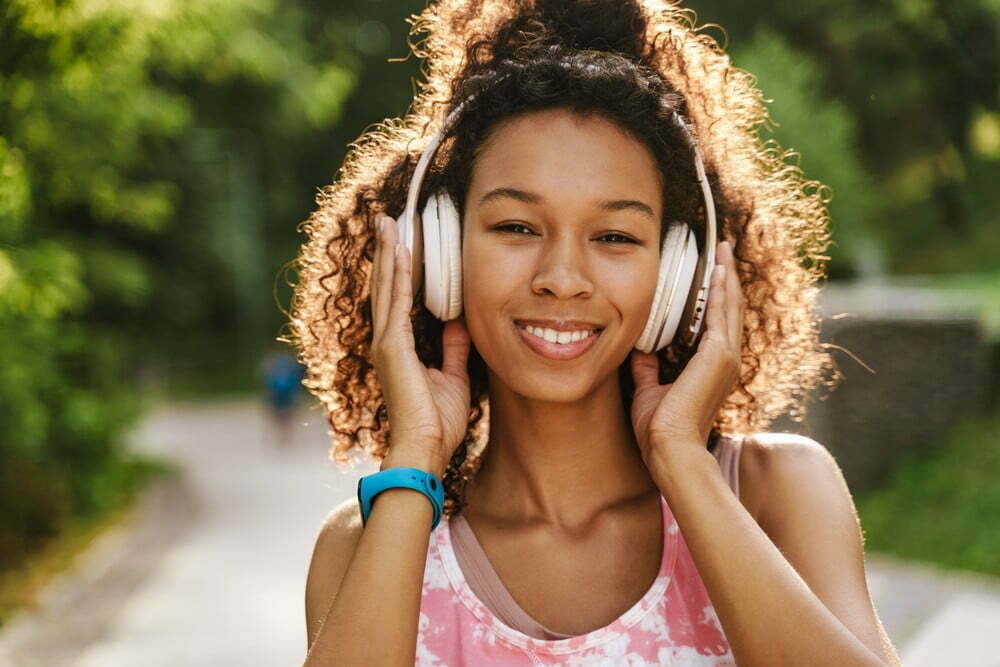


![Best Over-Ear Headphones for Working Out in [year] 27 Best Over-Ear Headphones for Working Out in 2026](https://www.gadgetreview.dev/wp-content/uploads/best-over-ear-headphones-for-working-out-image-scaled.jpg)
![Best Sennheiser Headphones in [year] 28 Best Sennheiser Headphones in 2026](https://www.gadgetreview.dev/wp-content/uploads/best-sennheiser-headphones-image-1.jpg)
![Best Sony Headphones in [year] 29 Best Sony Headphones in 2026](https://www.gadgetreview.dev/wp-content/uploads/best-sony-headphones-image-1.jpg)
![Best Open Back Headphones in [year] 30 Best Open Back Headphones in 2026](https://www.gadgetreview.dev/wp-content/uploads/best-open-back-headphones-image-1.jpg)
![Best Headphones in [year] ([month] Reviews) 31 Best Headphones in 2026 (January Reviews)](https://www.gadgetreview.dev/wp-content/uploads/best-over-the-ear-headphones.jpg)
![Best Noise Cancelling Headphones for Sleeping in [year] 32 Best Noise Cancelling Headphones for Sleeping in 2026](https://www.gadgetreview.dev/wp-content/uploads/best-noise-cancelling-headphones-for-sleeping-image-1.jpg)
![Best Noise-Cancelling True Wireless Earbuds in [year] 33 Best Noise-Cancelling True Wireless Earbuds in 2026](https://www.gadgetreview.dev/wp-content/uploads/best-noise-cancelling-true-wireless-earbuds-image.jpg)
![Best Headphones with a Mic in [year] 34 Best Headphones with a Mic in 2026](https://www.gadgetreview.dev/wp-content/uploads/best-headphones-with-mic-image.jpg)
![Best Headphones for Sleeping in [year] 35 Best Headphones for Sleeping in 2026](https://www.gadgetreview.dev/wp-content/uploads/best-headphones-for-sleeping-image.jpg)
![Best Headphones for Teens in [year] 36 Best Headphones for Teens in 2026](https://www.gadgetreview.dev/wp-content/uploads/best-headphones-for-teens-image.jpg)
![Best Noise Canceling Headphones for Kids in [year] 37 Best Noise Canceling Headphones for Kids in 2026](https://www.gadgetreview.dev/wp-content/uploads/best-noise-cancelling-headphones-for-kids-image.jpg)
![Best Headphones for Music Production in [year] 38 Best Headphones for Music Production in 2026](https://www.gadgetreview.dev/wp-content/uploads/best-headphones-for-music-production-image.jpg)
![Best Wired Headphones in [year] 39 Best Wired Headphones in 2026](https://www.gadgetreview.dev/wp-content/uploads/best-wired-headphones-image.jpg)
![Best USB Headphones in [year] 40 Best USB Headphones in 2026](https://www.gadgetreview.dev/wp-content/uploads/best-usb-headphones-image.jpg)

![Best Headphones for Mowing in [year] 42 Best Headphones for Mowing in 2026](https://www.gadgetreview.dev/wp-content/uploads/best-headphones-for-mowing-image.jpg)
![Best Headphones for Music in [year] 43 Best Headphones for Music in 2026](https://www.gadgetreview.dev/wp-content/uploads/best-headphones-for-music-image.jpg)
![Best TV Headphones for Seniors in [year] 44 Best TV Headphones for Seniors in 2026](https://www.gadgetreview.dev/wp-content/uploads/best-tv-headphones-for-seniors-image.jpg)
![Best True Wireless Earbuds in [year] 45 Best True Wireless Earbuds in 2026](https://www.gadgetreview.dev/wp-content/uploads/best-true-wireless-earbud-image.jpg)
![Best Swimming Headphones in [year] 46 Best Swimming Headphones in 2026](https://www.gadgetreview.dev/wp-content/uploads/best-swimming-headphones-image.jpg)






